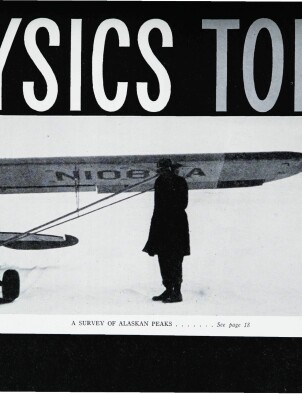Physics in South America
DOI: 10.1063/1.3067686
This report is based primarily on observations made during a three‐month trip to South America during the summer of 1951. Obviously, the task of presenting a complete and comprehensive survey of physics in South America with the many ramifications in the economic, social, and political patterns of these countries cannot be undertaken with this experience and in this space. However, the evidences of vigorous development in physics and other basic sciences in South America have been sufficiently impressive to me to warrant recording my impressions of some of the leading laboratories in the hope that they will be of interest to other physicists. I am certain that in a relatively few years physics in South America will have developed to such an extent that physicists here will not only find it of interest, but will find it scientifically imperative, to maintain close contact with their colleagues on the opposite side of the equator.
This article is only available in PDF format
More about the Authors
G. L. Brownell. Massachusetts General Hospital, Boston.




